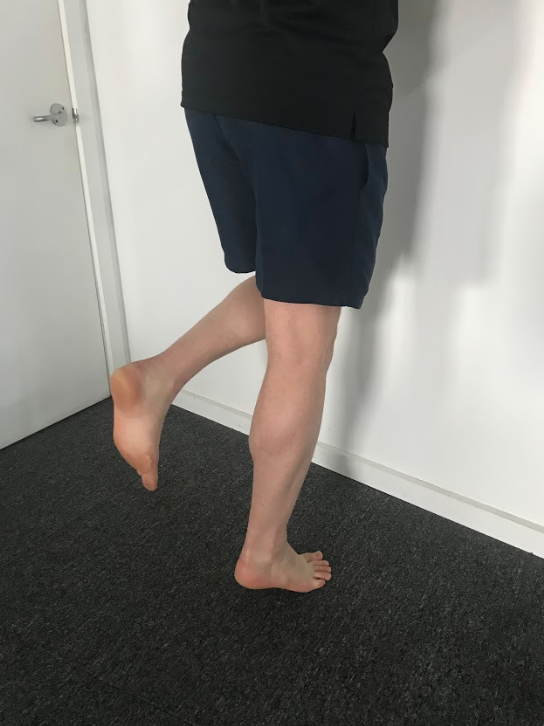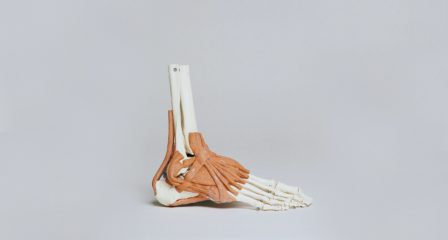Tendon pain is a common presentation at The Injury Clinic. Patients often complain of a gradual onset of pain which may limit activity and pain may worsen or linger well after exercise has ceased. Patients often mention they have trialled a period of rest, with no reduction in pain. There is no doubt tendon pain can be concerning and interrupt exercise and general activities. Recent treatments for pain have used isometric exercise to reduce the acute pain almost immediately. However, recent discussion surrounding the appropriateness of this exercise choice questions whether focusing on acute pain reduction distracts from the overall injury management.
What is Isometric exercise?
Isometric exercise is basically any exercise in which the joint angle and muscle length does not change during a muscle contraction. This type of exercise is commonly used for multiple joint injuries in which the joint cannot tolerate movement under load, or in cases of weakness, do slowly build strength in a tissue.
Should we aim to reduce pain immediately in tendinopathy?
From a patient perspective this will no doubt be a big yes! However the pain experienced in tendinopathy should be understood instead of feared. Tendon loading programs can often increase local pain at the site, often due to a positive tissue response. Knowing this pain is not doing damage is important and programs that respect low level pain whilst progressing strength are the most beneficial for tissue health. Therefore, with a focus on immediate pain relief the patient’s beliefs towards pain can be focused on pain as a negative factor only, and appropriate strengthening may not be achieved.
What is appropriate exercise management for tendinopathy?
Exercise must form a foundation to any program, how much and what type should be:
– Individualised to a person’s goals and current ability
– It should not be based on a single protocol or follow what has worked well in small groups of people.
– Based on a long-term time frame (months and months!)
– Most importantly must be progressive (ie. increasing in intensity/load)
For these reasons, educating that it is safe to perform certain exercises, activity modification (work/walking/running), understanding there is sometimes good pain and sometimes flare-ups, are all important messages to include in tendinopathy management oppose to “how do I reduce my pain immediately”.
In reality a tendinopathy may take up to 12 months for patients and clinicians to fully resolve and return to full function, focussing on immediate pain relief, if this is the goal of isometric exercise, potentially misguides patients and their expectations.



